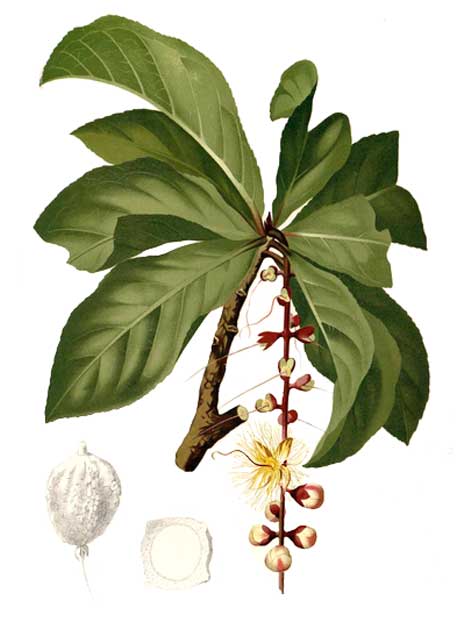ladybirds are not birds (and neither are they ladies!) but i love them! i have been obsessed with all things ladybird, more popularly known locally by their american name: ladybug. i have a random collection of things (useful or not) with ladybug designs and i often get surprise gifts from friends who just happen to come across ladybug stuff and are reminded of me.
so i was quite delighted this morning when i discovered several ladybugs on one of my mom's mayana (coleus) plants in the garden. guess what a group of ladybugs is called? a loveliness of ladybugs! isn't that pretty?
there were even what i think are the ladybug larvae, little white spiky creatures crawling on the leaves. there were even some that looked like pupa or pupal cases.
 |
| is this a ladybug larvae? |
 |
another larvae/pupa looking creature on the mayana plant
|
 |
| is this an empty pupal case? |
they were orange ladybugs, with more than 20 spots on their shields. i have seen them in the garden before but in not so many numbers.
 |
| a ladybug and is that a ladybug larvae on the leaf below it? |
so i took some pictures and did a little googl-ing, and i was aghast at what i found out! apparently not all ladybugs are good little helpful bugs! i know i've written about ladybugs causing problems in vineyards and wines, but i always thought they were the good bugs in the garden because they got rid of plant sucking pests like aphids. but no! some ladybugs actually feed on plants and are pests themselves! uh oh. and while i'm not sure which species the ones we have in the garden are, i am bothered by the dry spots on the leaves of the mayana plant i found them on.
hmmm... so should i tell my mom now and risk causing the annihilation of a generation of my favorite bugs in our garden? help!






























